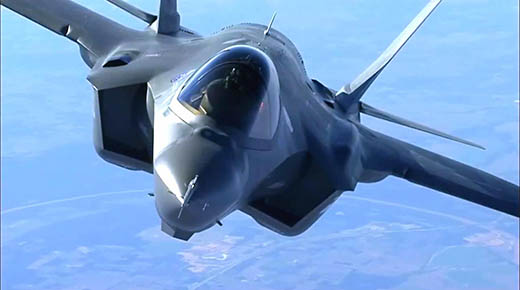
The F-35 was billed as a fighter jet that could do almost everything the U.S. military desired, serving the Air Force, Marine Corps, and Navy—and even Britain’s Royal Air Force and Royal Navy—all in one aircraft design. It’s supposed to replace and improve upon several current—and aging—aircraft types with widely different missions. It’s marketed as a cost-effective, powerful multirole fighter airplane significantly better than anything potential adversaries could build in the next two decades. But it’s turned out to be none of those things.
…
Comments
F-35 Mess
I applaud your article and its clear insight. It's not just a waste of money, but also takes funds away from more effective weapon systems as well as domestic priorities like healthcare, infrastructure and space programs. The "sunk cost" logic for continuing the program and throwing good money after bad is the same as that which kept us in the Vietnam War long after it was concluded to be fruitless. If anyone ran a business like this, it would be bankrupt.
Al Kernek
www.FindQualityConsultant.com
F35 - What Went Wrong
I heartily agree with the recommendation to end the F35 program. When it was first proposed, I was enthusiastic about the supposedly "out of the box" design principles and concepts. What ensued was painful to watch and the results embarrassing to see.
But make no mistake, the problem with the entire program was that the project was co-opted by politicss. Politics in the Defense Department was the first blow. Special interest politics influencing appropriations and contract decisions was the second.
My point is that anything begun to replace the F35 would have the same factors contributing to, at best, a mediocre product, and at worse, a weapon more dangerous to the user than the enemy. This is a discussion we almost never have as quality professionals, what are the principles, tools, skills, and resources we need to have to address the corrupting influence of special interests and a will to power? Why do most projects fail? We say because of poor communication. What we mean is the politicizing of the project. What are the largest sources of quality problems? Political interference or infighting inside the organization that impeded good judgement and decision making.
What Went Wrong With the F-35?
I found the article very interesting and formative at the same time.
Add new comment